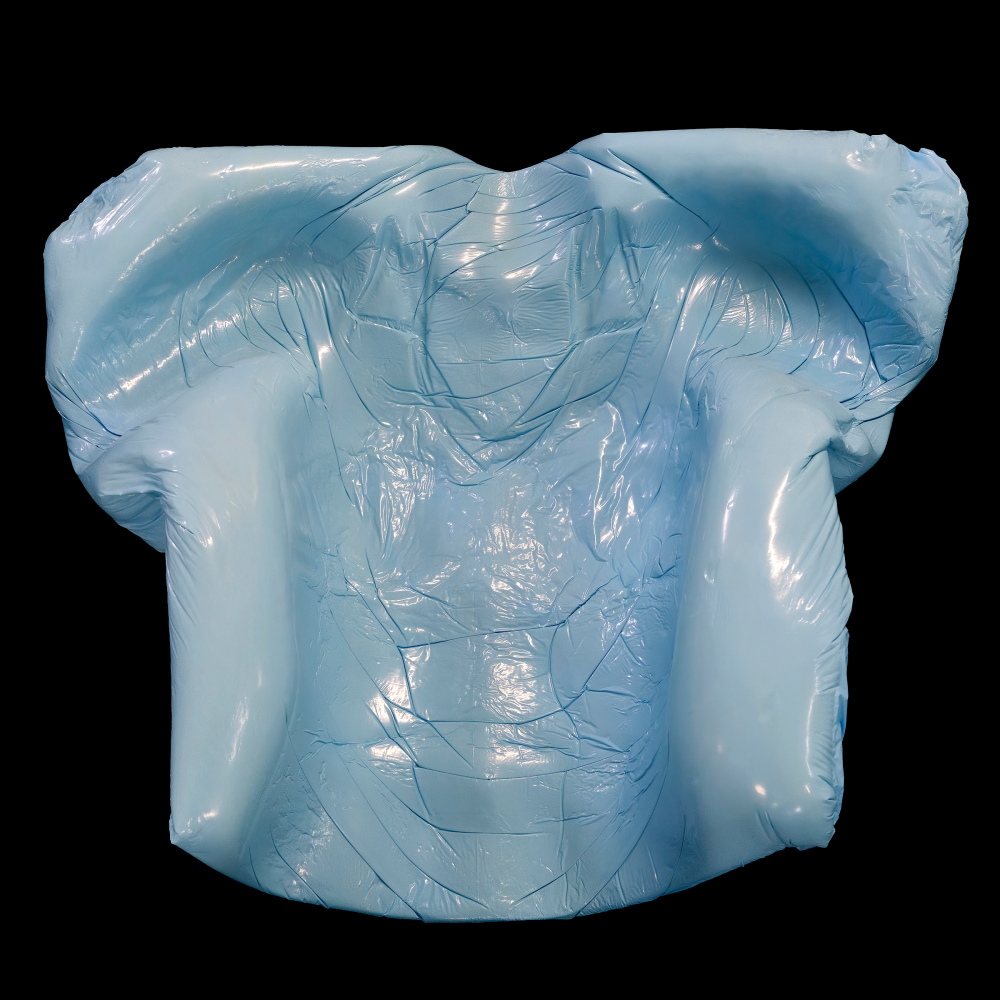In 1987, an article was published in the Journal of the AAMD entitled, “Transmission and build-up characteristics of polyurethane-foam immobilization devices.” This article was written by Peter Mondalek/Colin Orton, PhD.
This experiment was a test of the SMP Alpha Cradle® brand medical foam. Many in the field assume the same characteristics hold true for all other foams that have been introduced into the field over the years. Nothing could be further from the truth. Other foams are made from different compounds. The foam that has been tested is a proprietary formula owned by Smithers Medical Products, Inc. Other foam companies have introduced their cardboard box packaging foam as foam safe for use in radiation therapy. Many times the makers of these foams may not know a hospital or medical center is buying their commercial/industrial foam for use indoors for use on humans. Different foams have different densities and chemical compounds, not to mention different toxicology. Therefore the results provided below are for Alpha Cradle brand products only.
Our Alpha Cradle brand customized repositioning forms consist of a two-part foam system that creates a polyurethane foam. This foam is poured on top of a base piece of extruded polystyrene foam. Today, more than 40 years later, most forms made from our foam are made with the AC325 set of foam on the ACMMII. This means you are using the same two-part foam component, but no extruded polystyrene base! The original study on the attenuation of the foam was also based upon latex sheeting. The latex sheeting, 8 mils in thickness, was found to have a negligible affect on the transmission, but increased build up by approximately 1.0%. Today, latex sheeting has been replaced with very strong, yet thin PVC bags, averaging in thickness around 1.2 mils.
 When you create the form today, you can measure temperatures of the rising foam on the skin surface measuring between 105-110 degrees F. This feels comfortably warm, like a warm water bottle to most patients. Patients who may have had surgery in the area of the foam can place a piece of paper from an exam table to help offset the temperature difference. Although thin, by the time the heat transfers through the special paper, the temperature of the foam has already started to drop.
When you create the form today, you can measure temperatures of the rising foam on the skin surface measuring between 105-110 degrees F. This feels comfortably warm, like a warm water bottle to most patients. Patients who may have had surgery in the area of the foam can place a piece of paper from an exam table to help offset the temperature difference. Although thin, by the time the heat transfers through the special paper, the temperature of the foam has already started to drop.
The data in the original article was obtained from Cobalt, 4, 10 and 15 MeV. Cobalt is rarely used today and new energy machines typically range from 6 MeV to 25 MeV. Proton therapy utilizes protons, with typical energies ranging from 70 to 250 MeV. The point being there have been many changes in machines and energy since the early study. For all energies tested, transmission was affected very little by the foam. In the build up region, a significant decrease in skin sparring was observed due to the loss of build up, especially for the lower energy machines. At higher energies, the loss of skin sparring is considerably less.
Anytime skin sparring is clinically important and lower energies are being used, a simple port can be cut through the form without damage to the stability of the form. The foam has the consistency of dried toast, and ports can be cut easily with a serrated knife or a hack saw blade. Simply wipe the form clear of any tiny foam dust or particles and cover the exposed foam with tape.
Alpha Cradle foam was designed specifically for use in radiation therapy. Other foams on the marketplace may not be safe to use. Many foam compounds may contain TDI, formaldehyde gas, CFCs and other toxic gases that are given off in the formation process. Alpha Cradle brand foam contains NONE OF THESE TOXIC GASES.
Microwave Radiation
Another article, “Testing of patient immobilization foam subjected to microwave radiation,” tested Alpha Cradle brand foam. A foam slab was subjected to microwave irradiation for one hour. The microwave applicator consisted of 915 MHz 10 x 10 applicator, a muscle equivalent phantom, and a 15 x 11 x 1.5 cm piece of Alpha Cradle brand foam, placed between the applicator and the phantom. Probes were attached to the bottom surface of the slab and the top surface of the slab, with one probe inserted inside the slab. Microwaves were radiated by the applicator and absorbed by the phantom. The bottom surface of the slab was maintained at the same high temperature, up to 50 degrees C, for one full hour, as was the phantom surface. After one hour, no signs of changes in its structure or burns were noticed. Heating of the slab was due to heat transfer and not to microwave power absorption.
Two conclusions were made by the study. The first conclusion showed that Alpha Cradle brand foam doesn’t absorb microwaves significantly. The second conclusion showed that irradiating the foam to the upper limit of hyperthermia temperature range for one hour does not change the mechanical properties of the foam.
Only one brand of foam has gone through such rigorous testing. Only one company has spent so much time, money, and effort into creating, field testing, and providing you with the safest foaming agents on the market today. When lives count, insist on Alpha Cradle brand foaming agents and products for all of your immobilization and repositioning needs.